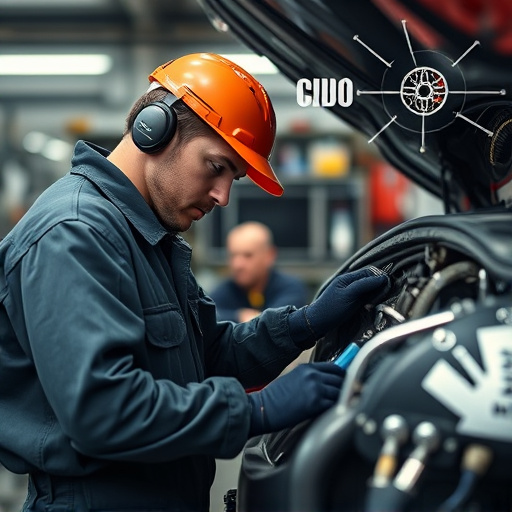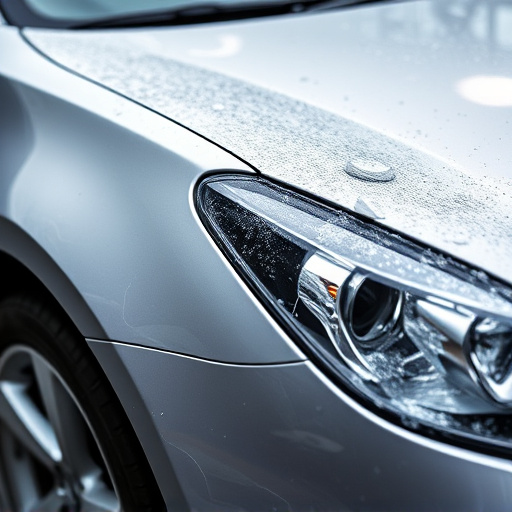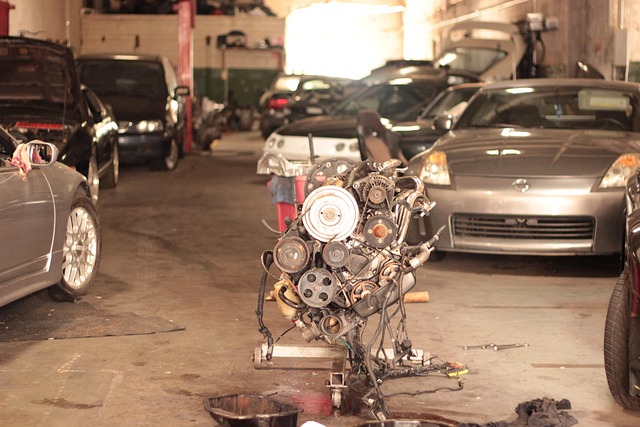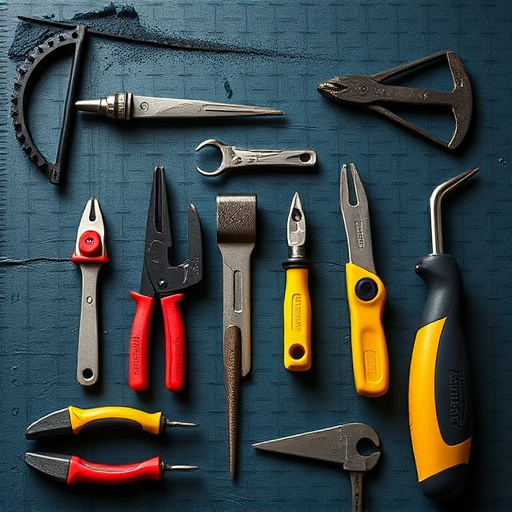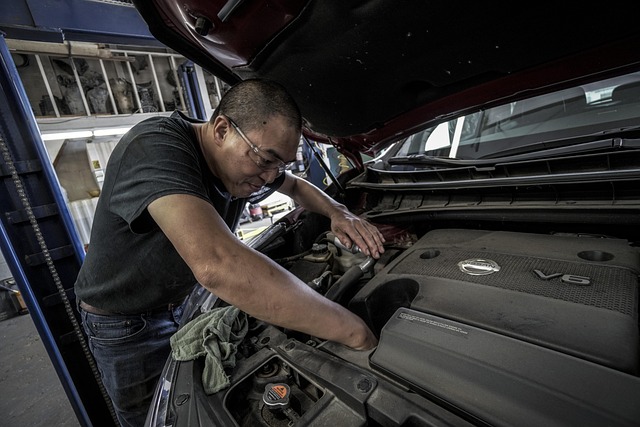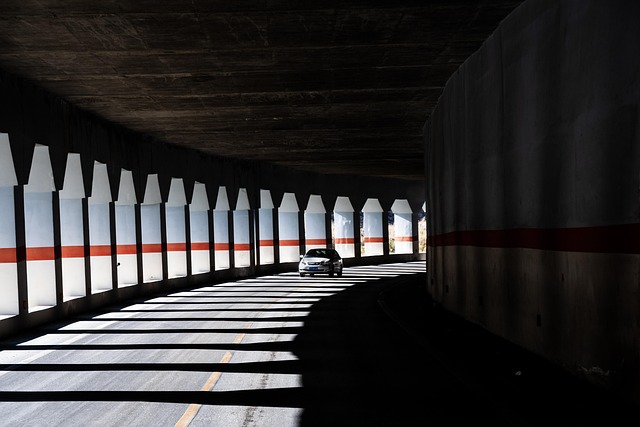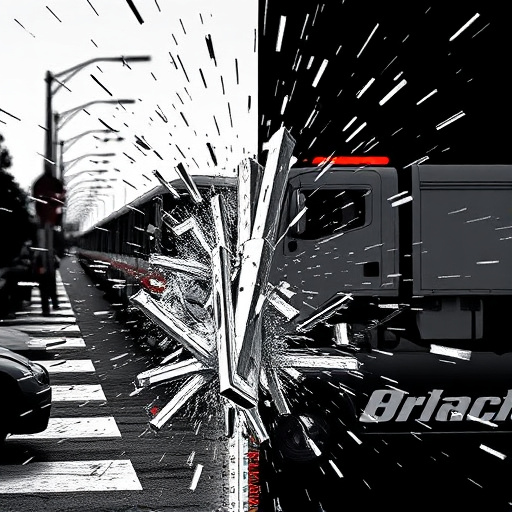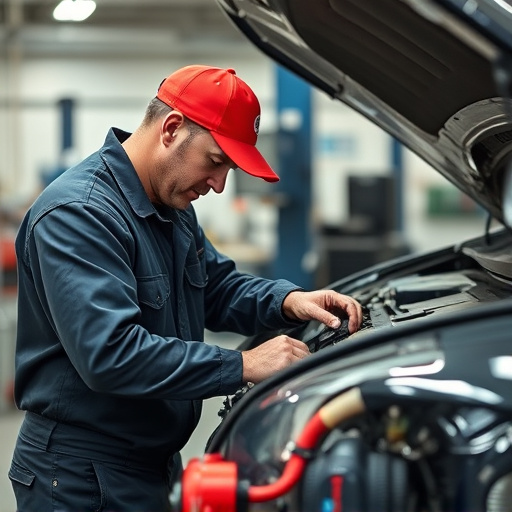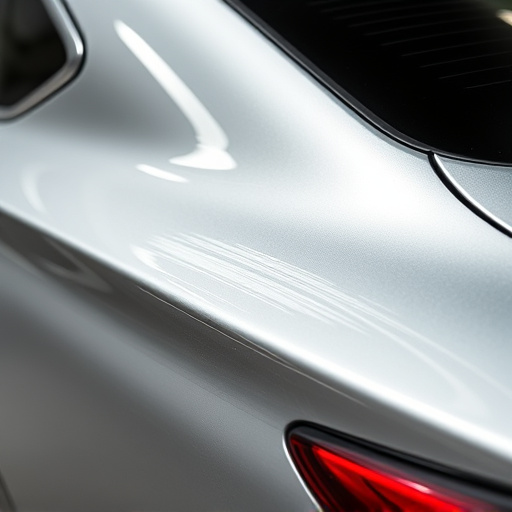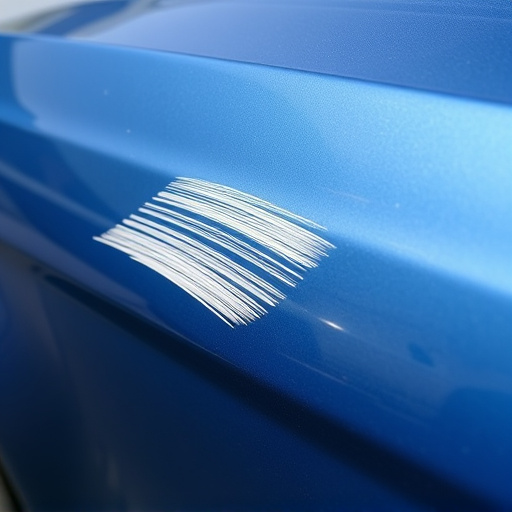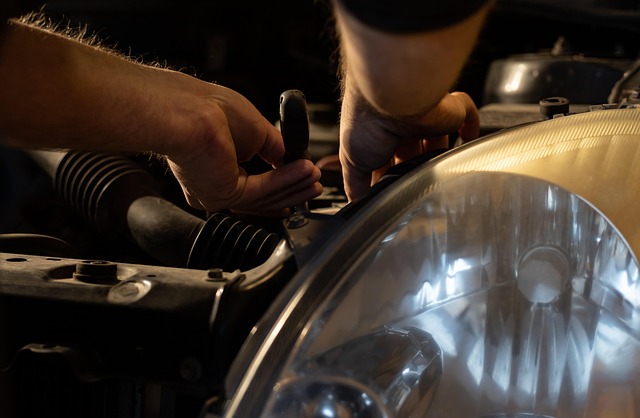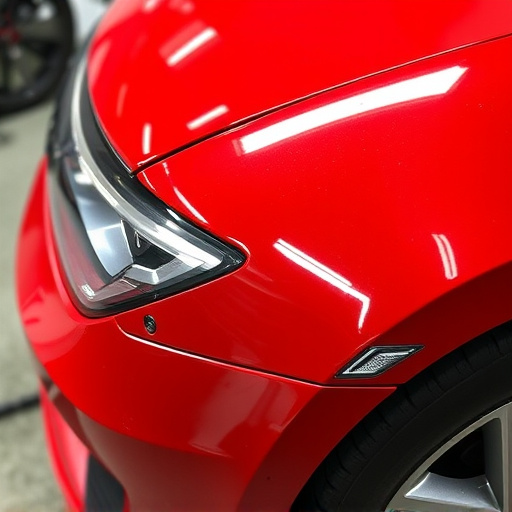The Tesla dashcam, integrated into the vehicle's system, offers multiple recording modes and advanced infrared capabilities for 24/7 high-definition video capture. Proper configuration involves setting camera preferences like resolution, field of view, and sensitivity to avoid false triggers. Customization allows scheduling recordings, managing storage through over-the-air updates, and integrating cloud storage for easy access to footage, aiding in auto maintenance and legal documentation.
Discover the art of mastering your Tesla’s dashcam with this comprehensive guide. Learn how to configure your vehicle’s advanced camera system effectively, ensuring optimal safety and peace of mind on the road. From understanding the basics of Tesla’s dashcam functionality to tailoring recording settings and storage options, we’ll walk you through each step. By the end, you’ll be equipped to navigate your Tesla’s dashcam like a pro, capturing essential moments while staying in control.
- Understanding Tesla Dashcam Basics
- Setting Up Camera Preferences
- Customizing Recording and Storage Options
Understanding Tesla Dashcam Basics
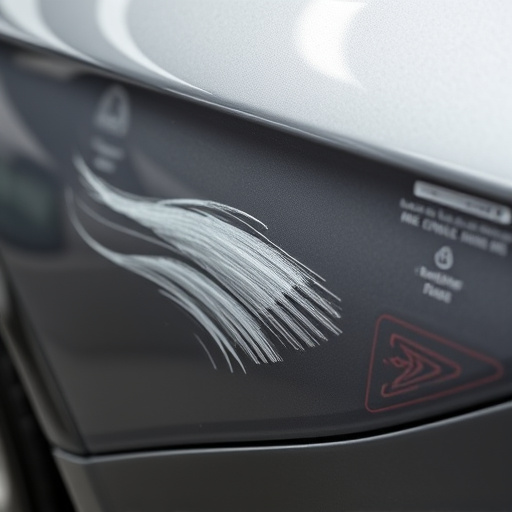
The Tesla dashcam is a sophisticated piece of technology designed to capture and record driving experiences, offering drivers enhanced safety and peace of mind. Understanding its basic functions is paramount when configuring it properly. The dashcam, integrated into Tesla’s infotainment system, has multiple recording modes, including continuous, event-based, and manual activation. It can capture high-definition video both during the day and night, thanks to its advanced infrared capabilities.
Proper configuration involves tailoring these settings to individual needs. For instance, adjusting sensitivity levels ensures the dashcam captures relevant events without being triggered by every minor bump or change in weather conditions. Additionally, understanding storage management is crucial; Tesla’s over-the-air updates allow for remote clearing of footage, ensuring space availability and convenient access through a dedicated mobile app. This process empowers drivers to not only protect themselves but also contribute to the broader community, as well as potentially assist auto repair near me or car body restoration services in the event of an incident.
Setting Up Camera Preferences
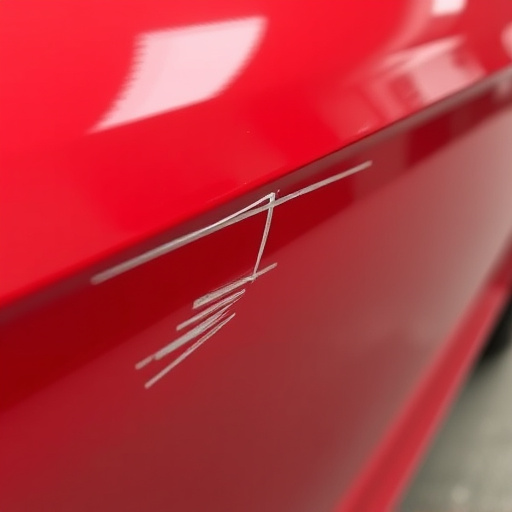
When configuring your Tesla dashcam, setting camera preferences is a crucial step to ensure optimal visibility and recording quality. Start by adjusting the camera’s resolution settings; higher resolutions capture more detail but may require faster processing power. Choose a setting that balances clarity with performance, especially if you plan on using the footage for legal purposes or as evidence in case of an accident (like at a car body shop during Mercedes Benz repair).
Next, consider the field of view. Wider angles cover more ground but might distort objects in the distance, while narrower fields provide sharper focus on specific areas. Select an angle that suits your driving needs and environment. Additionally, you can adjust sensitivity settings to control how well the camera picks up motion or changes in light, preventing false recordings. These preferences will significantly impact the effectiveness of your Tesla dashcam setup, whether it’s for personal safety, auto maintenance tracking, or legal documentation.
Customizing Recording and Storage Options
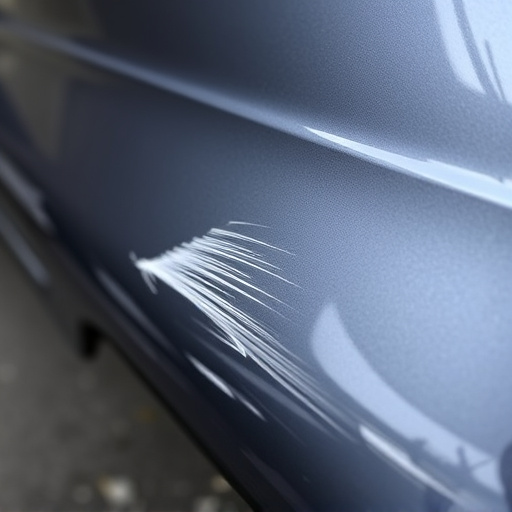
When customizing your Tesla dashcam configuration, understanding recording and storage options is key. The Tesla dashcam offers versatile settings to tailor your footage needs. You can adjust resolution, frame rate, and even schedule recordings based on specific events or time intervals. This level of control ensures you capture the right details at the optimal quality.
For instance, for those who use their vehicle in diverse environments, adjusting sensitivity thresholds for event detection can prevent false triggers. Additionally, cloud storage integration allows easy access to your recorded footage from anywhere, making it convenient for review or as a reference during automotive repair services or car restoration processes.
Performing a Tesla dashcam configuration correctly is key to capturing detailed, reliable evidence. By understanding the basics, setting camera preferences, and customizing recording options, you can ensure your Tesla’s dashcam operates optimally. Remember, a well-configured dashcam not only enhances safety but also provides valuable footage for insurance claims or incident investigations. Get started today and take control of your Tesla’s driving record.
